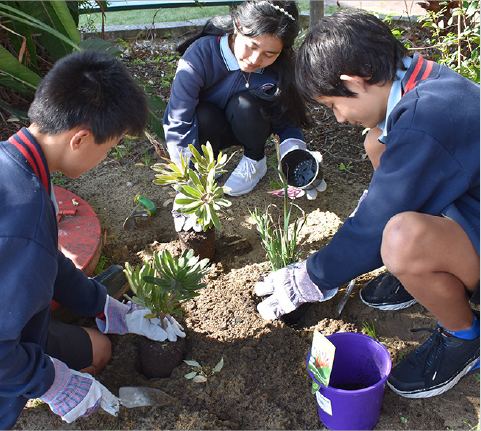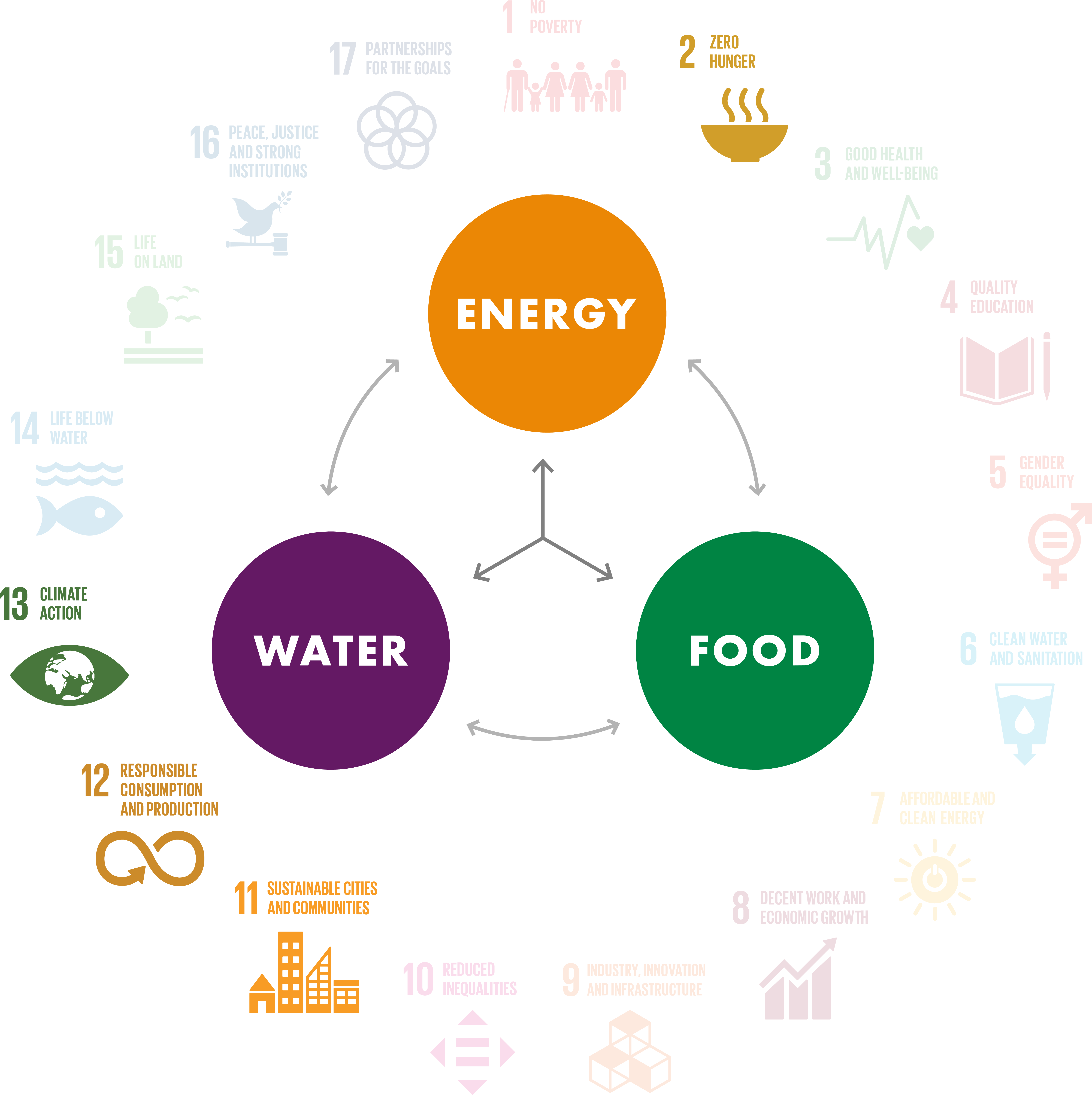To help combat the ongoing global cost of living crisis, students from Girrawheen Senior High School, Perth have been making a difference in their local area using tools from the Shell NXplorers programme.
The STEM teams collaborated to reduce waste and create a better environment for everyone. This project works towards the UN’s Sustainable Development Goals: zero hunger, sustainable cities and communities, responsible consumption and production, and climate action.
The NXplorers programme has given these students a focus and drive for social good, as well as a sense of community, coming together from various backgrounds to solve a global problem. The National Food Waste Strategy Feasibility Study, released in 2021, reported that food waste costs the national economy of Australia around $36.6 billion a year, with around 7.6 million tonnes of food being wasted annually.
Considering the cost of living crisis, reducing waste is not only critical to the economy, but also to the environment. Two teams of students from Girrawheen Senior High School – ‘Girrawheen Stars’ and ‘The Cropp’s’ – took on the challenge of repurposing food waste into useful products.
The student teams brainstormed ideas to identify problems within their school community, then joined forces to create sustainable solutions for the food waste problem they found. The teams used NXplorers tools such as the Connections Circle, Perspectives Circle, Feasibility Funnel, Scenario Planning Quadrant and the Persuasion Pyramid. Team ‘The Cropp’s’ created compost with their food waste collection, while team ‘Girrawheen Stars’ used these tools to create dog food out of the food waste they collected.
Reconsider food waste knowledge
Most of the students have been impacted by poverty; some are refugees. This influenced how they felt about uneaten food being wasted and how it was affecting the environment. According to a study by WRAP and Hellman’s in 2022, 61% of food waste occurs in the home.
In addition, 39% of the study’s respondents said they did not know where to access information about reducing domestic food waste, which may be why families report that they throw away the equivalent of one bag of shopping per week. By taking action, the students can educate the adults, and together they could be active changemakers for the world around them.
Recycle community waste
The Cropp’s contacted Jane Goodall’s ‘Roots & Shoots’ organisation and received a grant, which enabled them to purchase a compost bin and worm starter pack, which was placed outside the home economics room to collect food waste from classes.
The compost created from this has been, and continues to be, used to make the school grounds greener and healthier. The students aimed to boost native planting, growing frangipani trees, rose bushes and lemon trees, the lemons from which they hope to use in their home economic classes. Any excess compost is being sold to generate money for future green projects.
Other local organisations have promised to help improved the native garden over the coming months.

Our team wanted to know how we could reduce food waste in our schools. We feel our school wastes enormous amounts of food that is just thrown in the bin. We want to help this by creating a bin for our school that is solely for food scraps, these food scraps can then be turned into reusable food for dogs that can be sold to students and others as a source of revenue for our school.
How This Project Contributes To The UN SDGs
2. Zero Hunger
These projects work towards repurposing food waste to create new food organically for humans and nutritious pet food.
11. Sustainable cities and communities
These projects can guide other schools and communities to a healthier and greener environment for themselves and future generations.
12. Responsible consumption and production
These projects review food waste, making consumers think about what they throw away and how they can repurpose it.
13. Climate action
These projects take action towards the global waste crisis on a local level by growing plants and recycling food waste in their local community.

Diagram of the United Nations’ Sustainable Development Goals numbered in a large circle, each with a smaller diagram below to represent the specific Development Goal. All of the Development Goals are faded, apart from four of them:
2. Zero Hunger
11. Sustainable cities and communities
12. Responsible consumption and production
13. Climate action
Within the circle there are three circles in a triangle formation reading ‘Energy’, ‘Water’ and ‘Food’, with arrows to show how they are all interconnected.